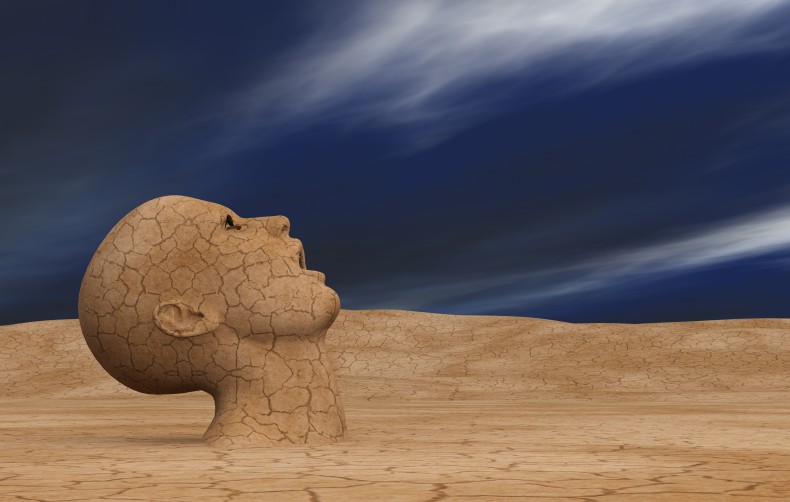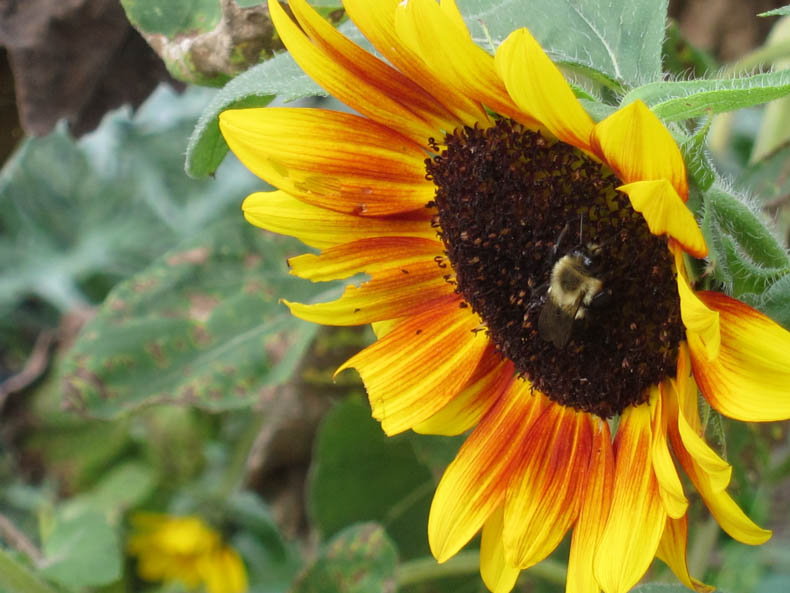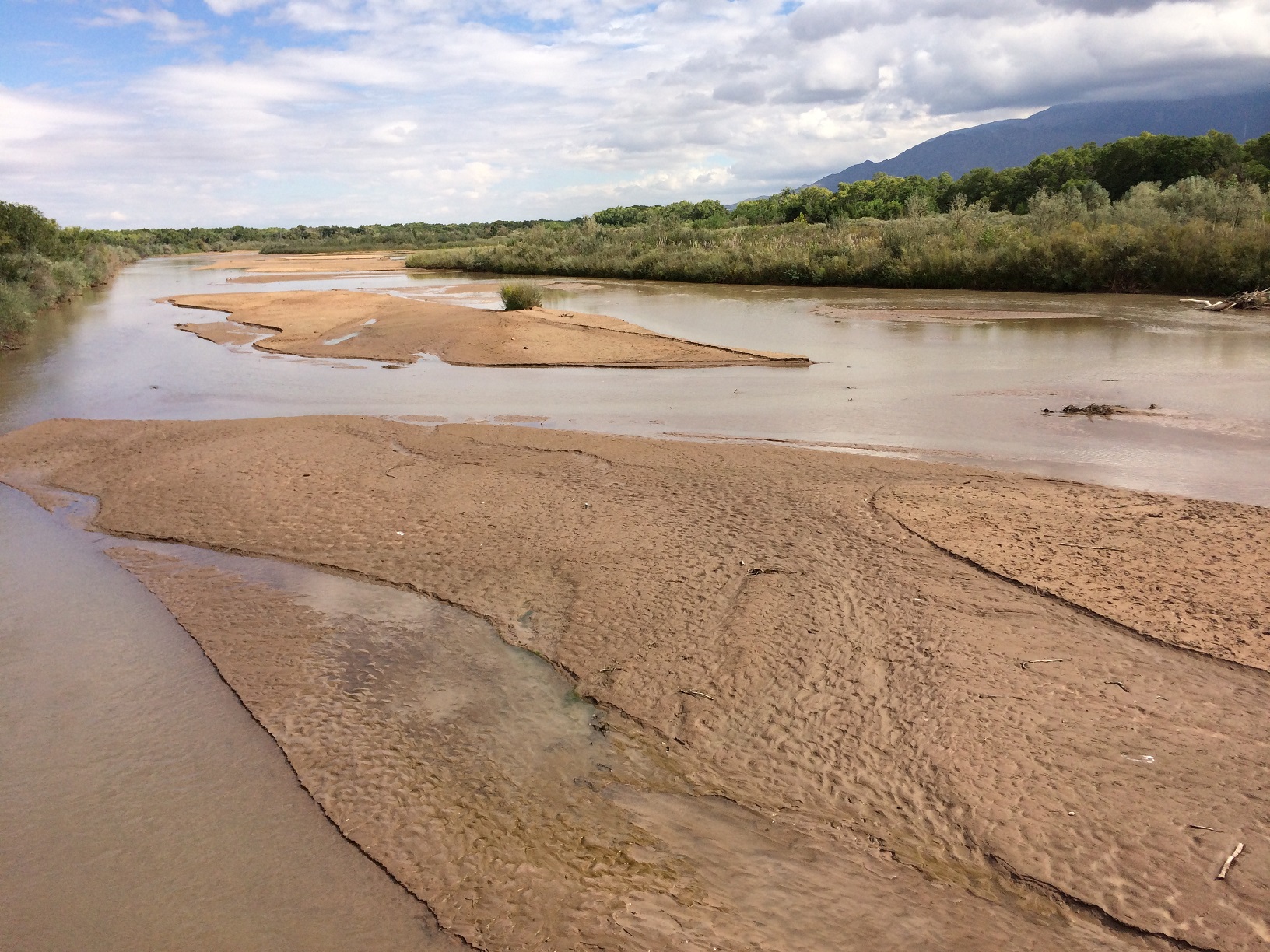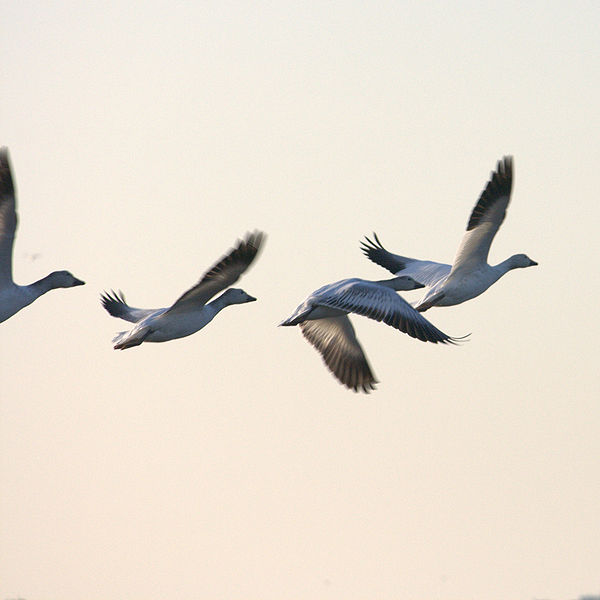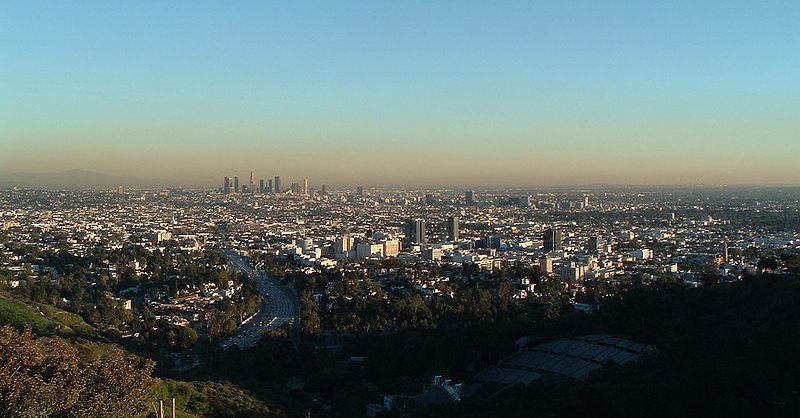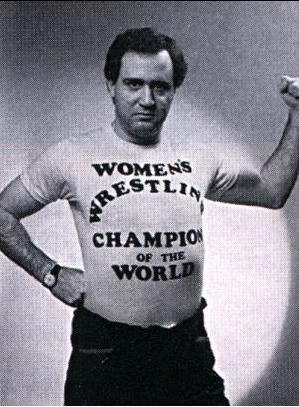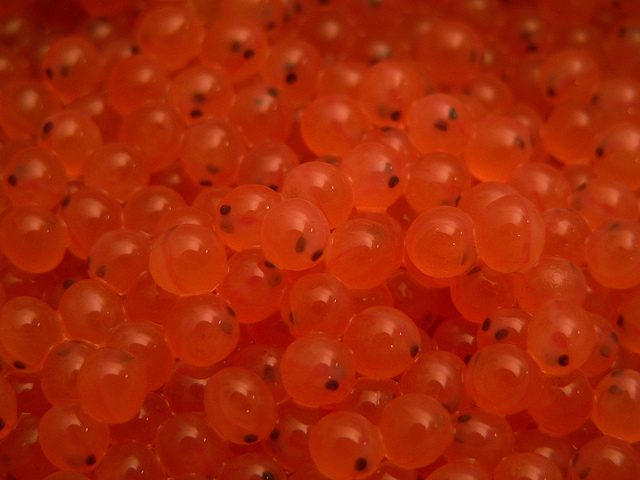September 29 – October 3, 2014
You think a place like L.A. just happened to sprawl like that? that our various civil and environmental messes just happened? Nope, says guest Erika Schoenberger, a lot of times we planned ’em like that.
An evocative argument over whether Native Americans came over the land bridge, as the white guys think, or sprung right up out of the earth, as the Native Americans think. Craig says, don’t choose, have both.
Jessa is walking across the ice one day, sees enormous and beautiful dogs running fast straight at her, thinks to herself, “Those don’t look like dogs,” and sure enough, they’re not. A redux post that I’m delighted to see again.
Second guest of the week — LWON is lucky in its guests — Laura Paskus moved to the Southwest, watched the Rio Grande turn from a grand river to a ghost river, a dust river. But she’s not giving up on it.
Helen walks to work now. It takes longer. She’s happier for it. It’s more interesting, what with the plants, the bugs, and the busted-up piano. She stops and plays the piano.
